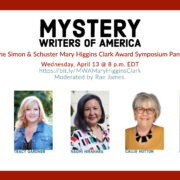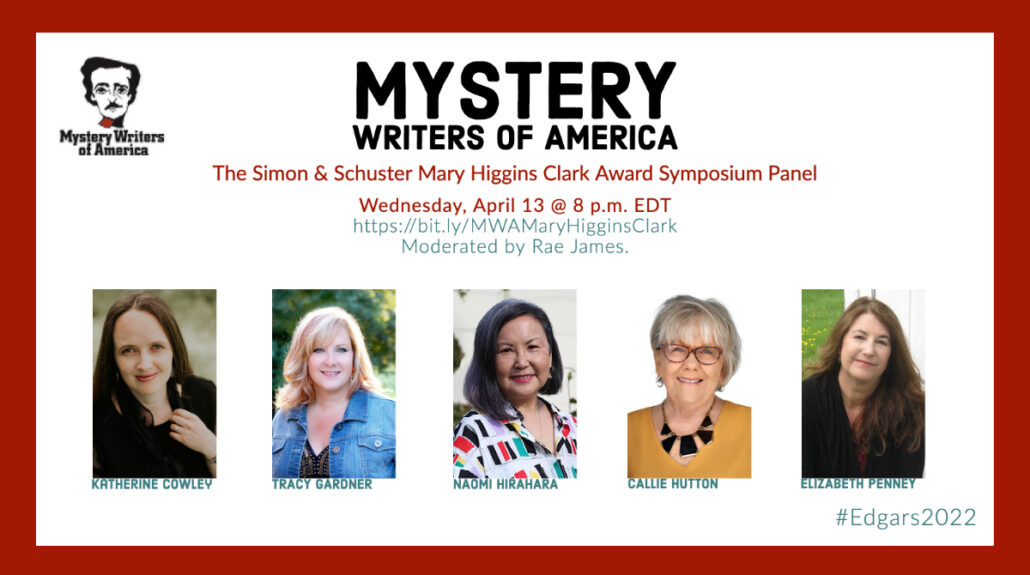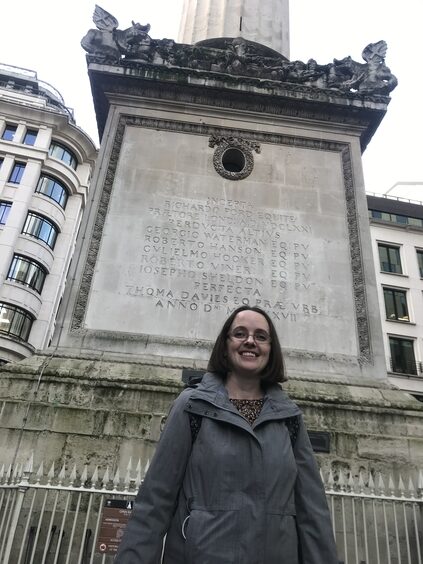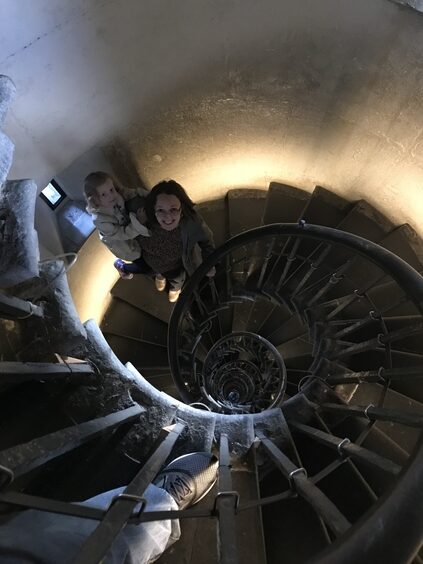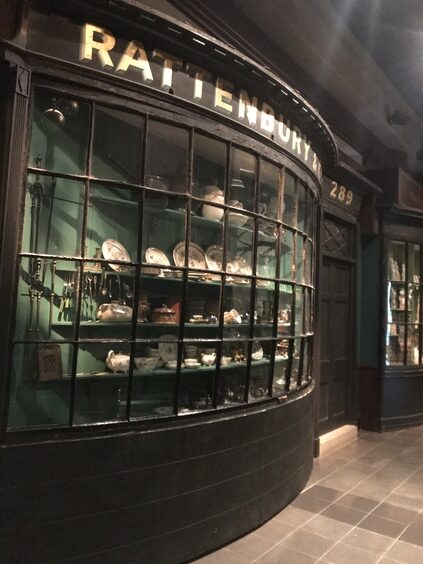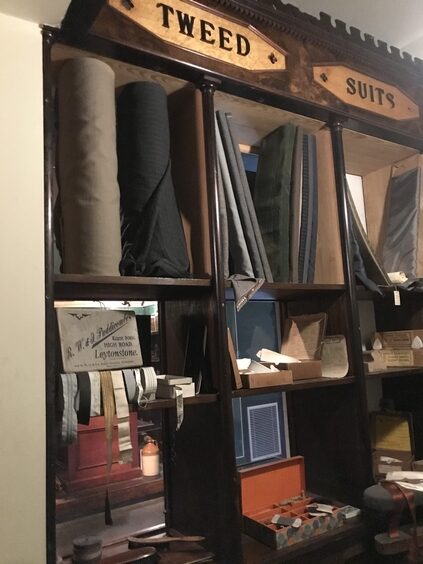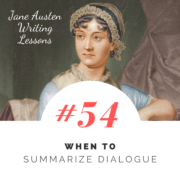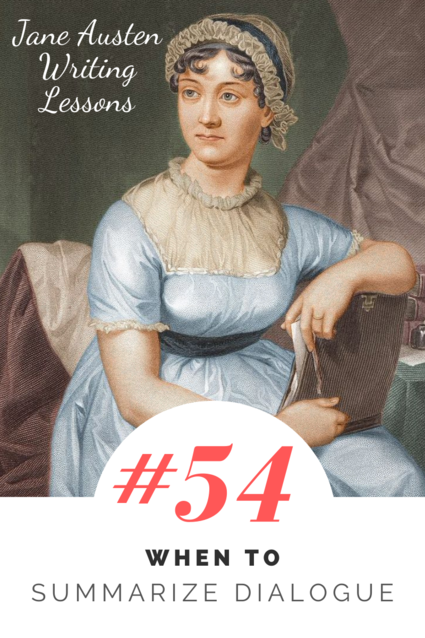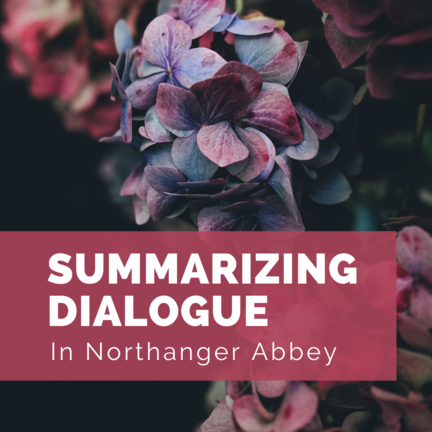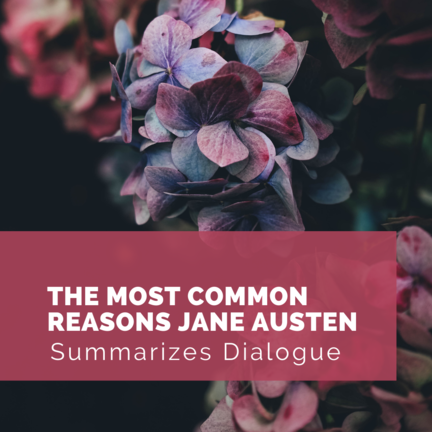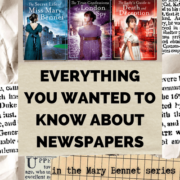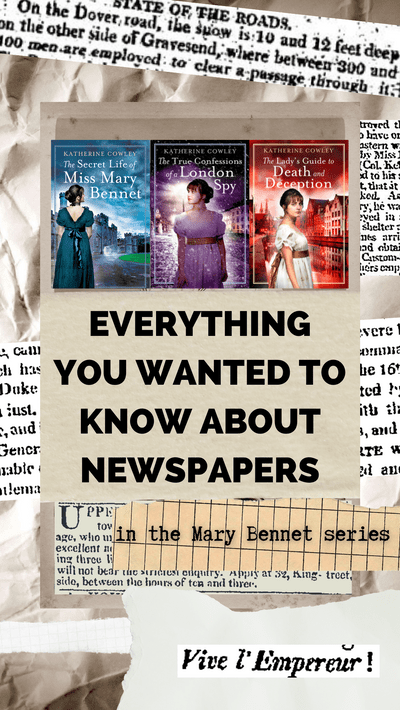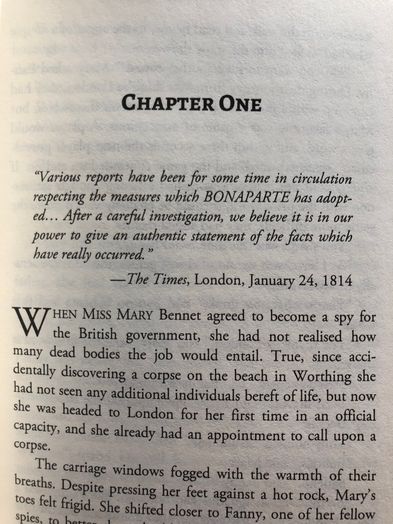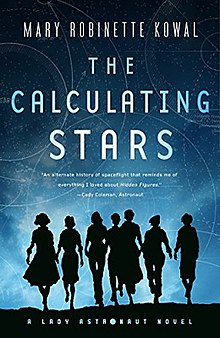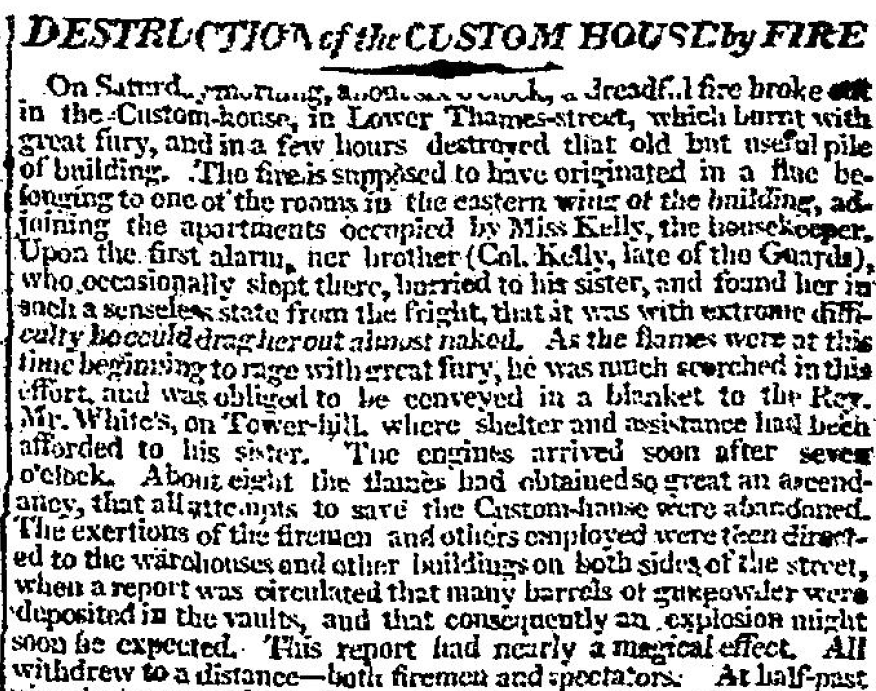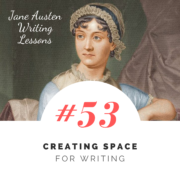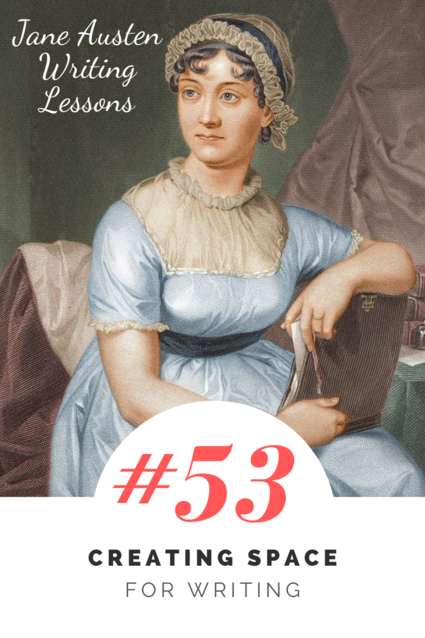Near the end of Northanger Abbey, Catherine Morland is unceremoniously thrown out of Northanger Abbey by an angry General Tilney. When she arrives home, she tells her family what happened. Soon, they meet up with her friends, the Allens, and they too must hear the story.
What is interesting in this passage is that Jane Austen does not show us the full scene. Instead, she intermixes telling (in this case through summary) with showing.
In the first paragraph of the scene, Austen summarizes the entire interaction, giving a bird’s eye view of what occurred, with narrator interpretation. Then we are brought to near the beginning of the scene in order to hear Catherine’s mother, Mrs. Morland, tells the story, giving her dialogue line by line.
[Catherine] was received by the Allens with all the kindness which her unlooked-for appearance, acting on a steady affection, would naturally call forth; and great was their surprise, and warm their displeasure, on hearing how she had been treated—though Mrs. Morland’s account of it was no inflated representation, no studied appeal to their passions. “Catherine took us quite by surprise yesterday evening,” said she. “She travelled all the way post by herself, and knew nothing of coming till Saturday night; for General Tilney, from some odd fancy or other, all of a sudden grew tired of having her there, and almost turned her out of the house. Very unfriendly, certainly; and he must be a very odd man; but we are so glad to have her amongst us again! And it is a great comfort to find that she is not a poor helpless creature, but can shift very well for herself.”
The summary at the start of the paragraph frames the conversation—it tells us what happened, and what to look for in the responses. It also offers insights into their characters, particularly in light of how they react in response to what is a plain, unstudied account of the events. Then we see, in scene, the exact four sentences of dialogue that Mrs. Morland used to tell the story.
This paragraph is followed by another paragraph of mostly summary. When there are direct quotes, they are statements that the characters say multiple times, and their inclusion is used as an example of the type of response that Mr. and Mrs. Allen make:
Mr. Allen expressed himself on the occasion with the reasonable resentment of a sensible friend; and Mrs. Allen thought his expressions quite good enough to be immediately made use of again by herself. His wonder, his conjectures, and his explanations became in succession hers, with the addition of this single remark—“I really have not patience with the general”—to fill up every accidental pause. And, “I really have not patience with the general,” was uttered twice after Mr. Allen left the room, without any relaxation of anger, or any material digression of thought.
The conversation then turns to Mrs. Allen’s recollections of Bath. This conversation is shown in scene, with each line of dialogue included by Austen. Mrs. Allen explains that she had her gown with Mechlin lace mended, and then she elaborates on their experiences in Bath and the Assembly rooms. To each statement, Catherine gives only short responses, because this conversation is bringing to mind her love interest, Mr. Henry Tilney, which also reminds her that Henry’s father, the General, has just thrown her out.
In the next two paragraphs we have dialogue from Mrs. Tilney on Bath, followed by a sentence of dialogue summary, followed by more dialogue from Mrs. Tilney:
“It was very agreeable, was not it? Mr. Tilney drank tea with us, and I always thought him a great addition, he is so very agreeable. I have a notion you danced with him, but am not quite sure. I remember I had my favourite gown on.”
Catherine could not answer; and, after a short trial of other subjects, Mrs. Allen again returned to—“I really have not patience with the general! Such an agreeable, worthy man as he seemed to be!”
The summary phrase is of note: Catherine could not answer and after a short trial of other subjects. The use of summary here emphasizes that Catherine is struggling to hold this conversation, because everything connects back to the Tilneys. Mrs. Allen tries introducing other subjects—and the exact subjects they try speaking about are not included, because they aren’t actually relevant to the story. But summarizing the fact that she tries various conversation topics shows how very difficult this is for Catherine—the Tilneys are what dominates her mind, and it is difficult for her to speak of them, but also difficult for her to speak of anything else.
There are a number of reasons to summarize dialogue rather than to show it in scene.

